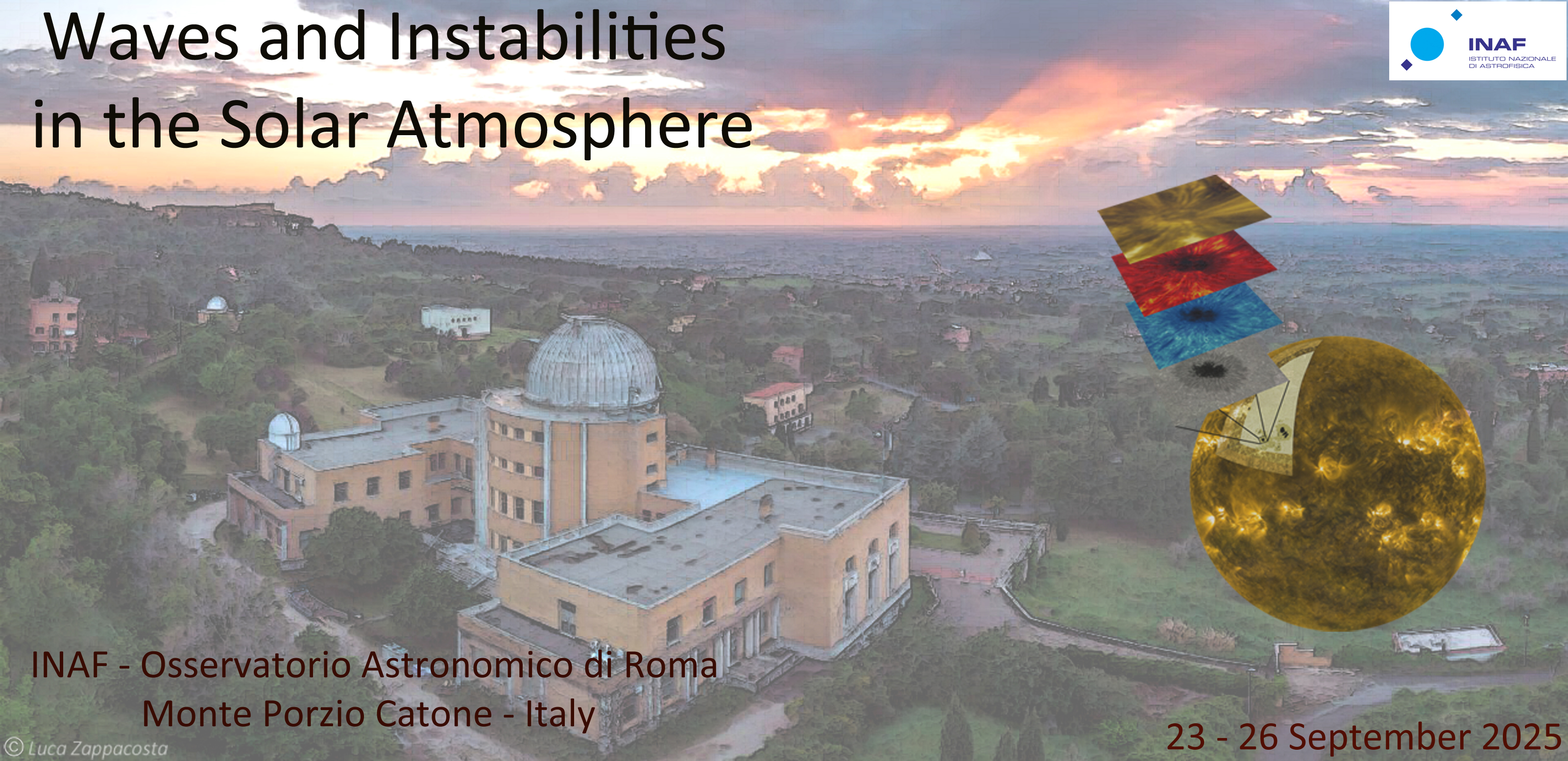Speaker
Description
The evolution of Alfvén waves in coronal loops can be affected by phase mixing and turbulent cascade. Both processes contribute to the dissipation of the bulk energy of the waves through the generation of small spatial scales. Different regimes can be envisaged according to how timescales of the two processes are related and to the typical dissipative timescale. We investigate the interplay of phase mixing and the nonlinear turbulent cascade in the evolution and dissipation of Alfvén waves using compressible magnetohydrodynamic numerical simulations. We consider perturbations in the form of torsional waves, both propagating and standing, or turbulent fluctuations, or a combination of the two. The main purpose is to study how phase mixing and nonlinear couplings jointly work to produce small scales in different regimes. We find that phase mixing takes place for moderate amplitudes of the turbulent component even in a distorted, nonaxisymmetric configuration, building small scales that are locally transverse to the density gradient. The dissipative time decreases with increasing the percentage of the turbulent component, both for propagating and standing waves. Even in the fully turbulent case, a mechanism qualitatively similar to phase mixing occurs, which generates small scales together with the nonlinear cascade, thus providing the shortest dissipative time. General considerations are given to identify this regime in the parameter space. The turbulent perturbation also distorts the background density, locally increasing the Alfvén velocity gradient and further contributing to accelerating the formation of small scales.
Momenta of the line-of-sight velocity component are calculated from simulation results,corresponding to emission from the spectral line Fe IX at 171 Å. 2D maps perpendicular to the assumed line of sight are calculated for the emission intensity, the Doppler shift and the non-thermal broadening, for several values of the model parameters. The presence of transverse oscillations is clearly visible in Doppler shift maps, in particular the effect of phase mixing at the loop borders. Non-thermal broadening is mainly located at the loop boundary. Spectra of momenta are also calculated and compared with spectra of density and velocity fluctuations derived from simulations. Results are discussed in the perspective of a forward modeling of observations of fluctuation dynamics in coronal loops, in particular by MUSE spacecraft.
| Sessions | Wave generation, energy transport, dissipation and heating |
|---|

